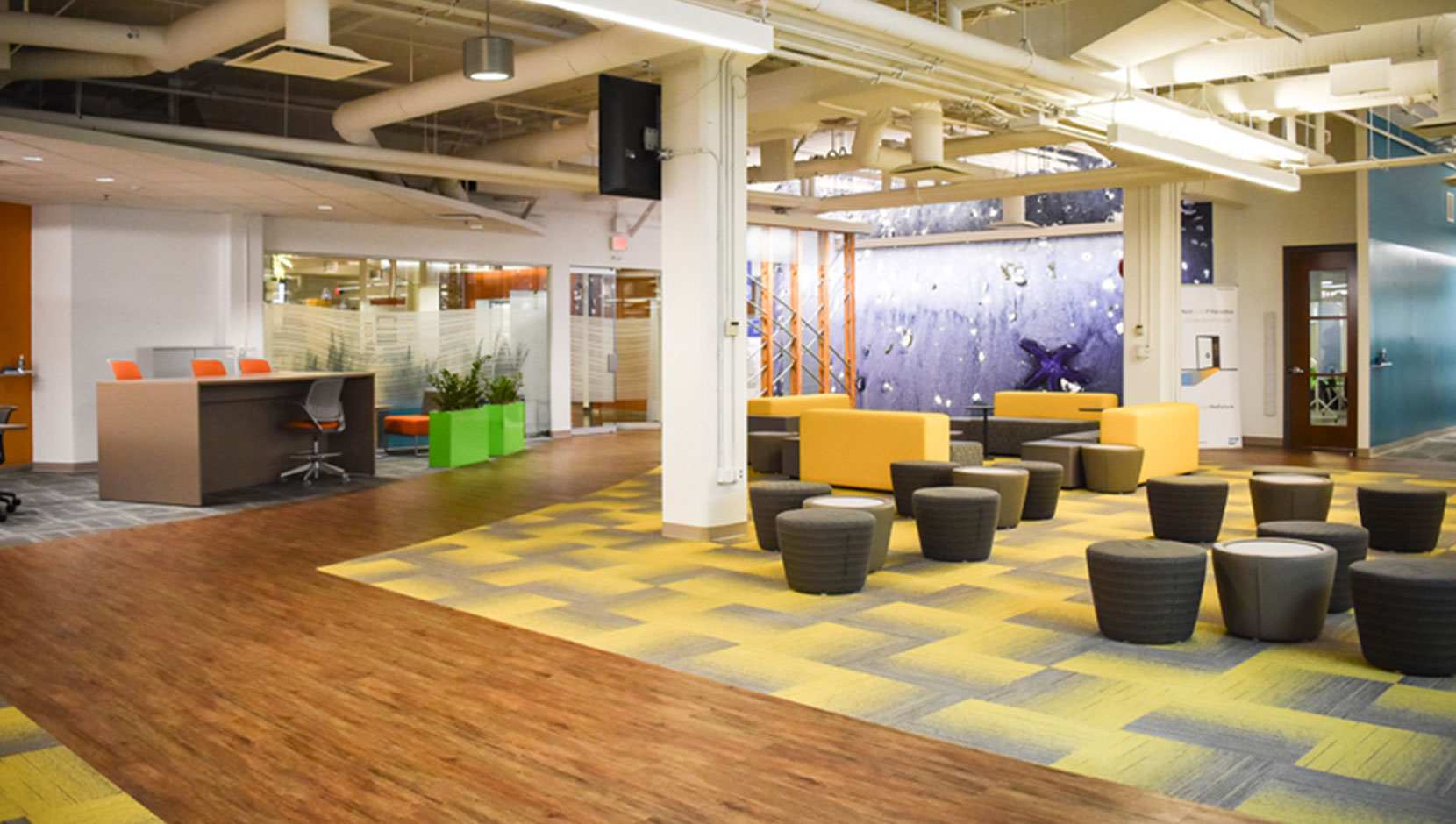Five Myths of Universal Design

With roughly 20% of the population currently reporting as having a significant disability and 1,000 people turning 65 every day in Canada, the inescapable truth is that, in the new millennium, it is normal to have a disability. The built environment today has to adjust to accept this as the new ‘normal’.
The practical application of the principles of Universal Design helps people young and old, of all abilities, stay as safe and as self-sufficient as possible, for as long as possible. It improves our quality of life. It even has a superpower: it’s invisible! At its best, you don’t even realize how well it’s working.
People with disabilities can only achieve full and equal citizenship if everyone can take advantage all aspects of the built environment. ‘Access’ is being able to get into an arena to watch a game – inclusion is being able to get into the arena and play in the game. Inclusion is the natural outcome of meaningful access.
So, what keeps people from embracing Universal Design? There are five myths that need busting.
Written by Brad McCannell for Rick Hansen Foundation’s blog.